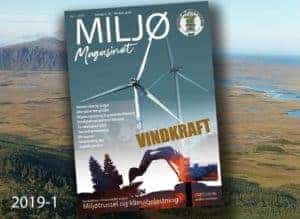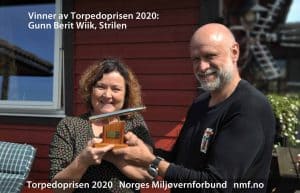Alfalfa is a perennial legume. It is a good source of protein and can grow well in temperate climates. It has been widely used as fodder for hundreds of years. Originally, alfalfa originates from southwest Asia with Iran as the geographical center of origin. It was transferred to the American continent by former European colonists in the 17th century. It was first cultivated in North America in 1736. Today it is mainly used in feed for cows and horses, but also for slaughter animals such as beef, sheep, pigs and poultry. Globally, blue alfalfa is grown on approx. 30 million hectares, approx. 7 million hectares are cultivated in the USA, of which approx. 1 million hectares have been genetically modified.
GMO Alfalfa, such as Alfalfa J101 and J163, has inserted a gene for resistance to herbicides with the active ingredient glyphosate. A cp4-epsps gene transferred through contact with a bacterial culture (Agrobacterium tumefaciens strain CP4) has been inserted. GMO alfalfa with an inserted cp4-epsps gene can tolerate herbicides with glyphosate, such as Roundup. Herbicide with glyphosate inhibits the natural EPSPS enzyme in the plant leaves from working and weeds without resistance die after contact with these herbicides.
Cp4-epsps gene can form CP4-EPSPS enzyme which works like the natural EPSPS enzyme. This gene has been altered to have no sticking point for glyphosate. This means that this genetically modified alfalfa plant will be able to survive a treatment with glyphosate high enough to be able to control weeds. One problem is that this genetic modification is the same that has been inserted into many other forage crops. The use of glyphosate and the development of glyphosate resistance in weeds is very widespread. This is combated by creating GMO plants that can withstand even higher concentrations of glyphosate or GMO plants with resistance to several different types of herbicides.
Reduced lignin production is another feature used in GMO alfalfa. Reduced lignin originates from gene modification through inserted ccomt gene originating from alfalfa (Medicago sativa). An nptII gene has also been inserted for resistance to neomycin and kanamycin antibiotics. The gene nptII originates from bacteria (Escherichia coli) and is used to be able to select for genetically modified bacterial colonies in culture. Genetically modified alfalfa MON-ØØ179-5 has inserted a ccomt gene that leads to the production of dsRNA (double-stranded RNA). These RNA strands suppress the production of an enzyme by preventing the specific gene for lignin production from transcription and translation.
Inserted ccomt gene leads to a reduction in the amounts of gualacyl (G) lignin. Lignin is found in plant cell walls as a binder in young cell tissue and as a stiffening agent in mature cell walls. It is important to form stems that can hold the plant up and carry the leaves up and protect the plant from damage. In contrast, lignin is undesirable in feed because it prevents the digestion of the polysaccharide (starch). Lignin prevents digestive enzymes from reaching the cellulose and plant cell starch behind cell walls with lignin.
Lignin is recognized as an antinutritional factor. Seen from feed production, the ideal alfalfa must have increased cellulose and reduced lignin in the cell walls. Alfalfa KK179 will have greater cell wall digestibility and greater feeding value than conventional varieties.
Little difference in disease resistance has been found among common varieties with alfalfa, with reduced lignin. In contrast, some of the best traits are probably best achieved through breeding, e.g. to improve forage productivity in water-limited environments.
Links:



